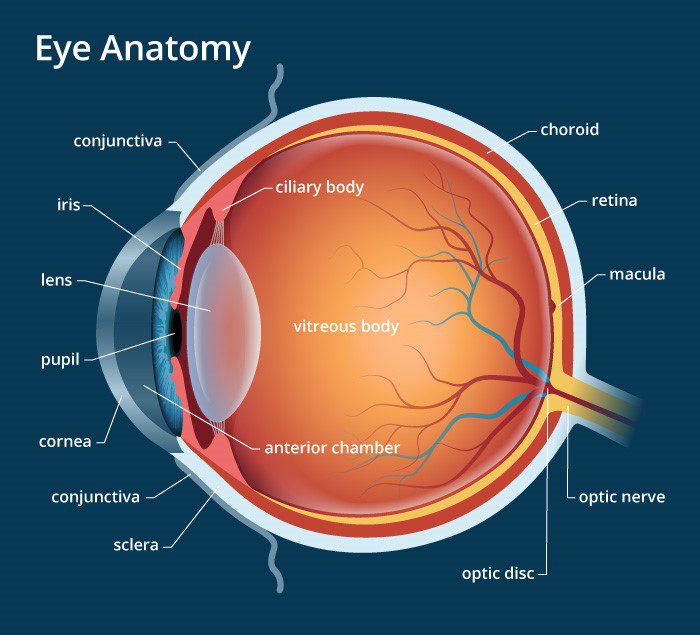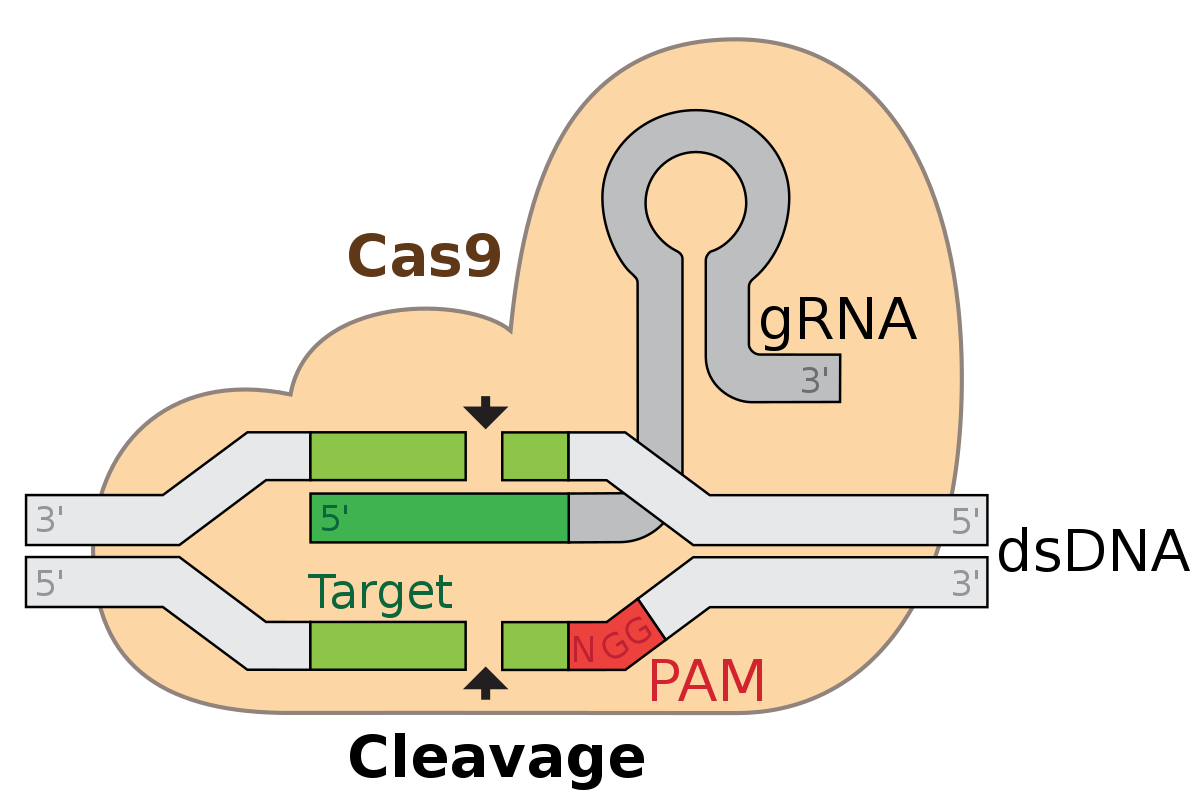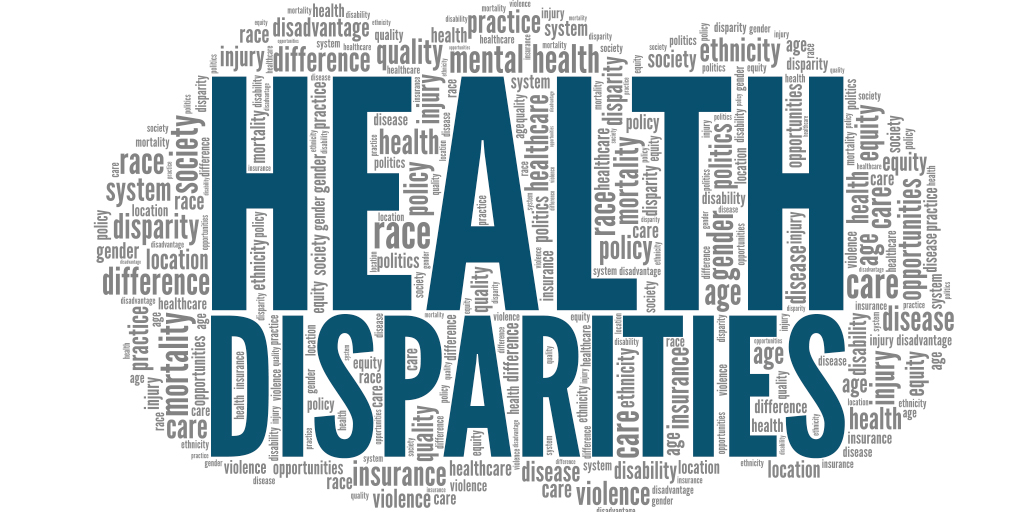Adult Health 1 Study Guide
Sensory Unit
Chapters 63 & 64
Remember that assigned textbook readings should be supplemental to reviewing & studying the PowerPoint presentations. Answers to these study guide questions can be obtained from the textbook chapters, PowerPoint presentations, as well as class lectures & in-class activities.
Chapter 63: Assessment & Management of Patients with Eye & Vision Disorders
Conditions to Know: Glaucoma, Cataracts, Retinal Detachment, Macular Degeneration, Conjunctivitis, Eye trauma

· Know the basic structures & functions of the eye – lens, pupil, iris, cornea, conjunctiva, retina, and sclera
· Questions to ask patients regarding issues with the eyes/vision – Chart 63-1
· Snellen Chart is used to assess visual acuity – 20/20 is considered perfect vision (patient can read line 20 of chart while standing 20 feet away) – this is tested in each eye
- What are some of the most common causes of blindness?
- What is responsible for the damage to the optic nerve in patients diagnosed with glaucoma?
- Glaucoma can lead to what primary complication if not treated properly?
- What are the differences between open-angle & closed-angle glaucoma?
- What are the primary signs & symptoms of glaucoma?
- What are the primary treatment goals for patients with glaucoma?
- What is the first-line treatment of glaucoma? What medication teaching points would you want to include in your patient education?
- What are some common risk factors for the development of cataracts? See Chart 63-7.
- What are the primary signs & symptoms of cataracts?
- The most common treatment for cataracts is outpatient surgery, in which the lens affected by the cataract is replaced with a man-made one. Explain the pre and post-operative nursing management & education that is needed for patients undergoing cataract surgery. See Chart 63-8.
- Retinal detachment is considered a medical emergency. What happens during retinal detachment?
- What are some symptoms of retinal detachment?
- Macular degeneration is the most common cause of vision loss in people > 60 years old. What is macular degeneration?
- What are some risk factors for dry macular degeneration?
- What are some signs and symptoms of macular degeneration?
- Nursing management for patients diagnosed with macular degeneration focus on safety & supportive measures. What are some accommodations we should make or educate patients on regarding how to help improve their vision & ADLs when they have this condition?
- Conjunctivitis is also called “pink eye.” What are the different types of conjunctivitis, and what are some symptoms of this condition? Are any of these types considered contagious?
- What are some teaching points to include when educating a patient diagnosed with viral conjunctivitis? See Chart 63-11.
- Explain the emergency nursing treatment needed when a patient presents with eye trauma.
Chapter 64: Assessment & Management of Patients with Hearing & Balance Disorders
Conditions to Know: Hearing loss, Otitis Media, Meniere Disease, Otic Medications
- What are some risk factors for hearing loss? See Chart 64-3.
- What are some early signs and symptoms of hearing loss?
- What are some guidelines to follow when caring for hearing-impaired patients? See Chart 64-5.
- What is acute otitis media?
- What are some of the clinical manifestations of acute otitis media?
- What are treatment options for acute otitis media?
- What is Meniere disease, & what are the common clinical manifestations of this condition?
- Describe the nursing & medical management needed in caring for a patient with Meniere disease. Include patient education needed for various medications. See Chart 64-8.
- What are some teaching points to include for patients experiencing vertigo?
- What are some examples of ototoxic medications that can cause tinnitus or hearing loss?
Adult Health 1 Study Guide
Sensory Unit
Chapters 63 & 64
Remember that assigned textbook readings should be supplemental to reviewing & studying the PowerPoint presentations. Answers to these study guide questions can be obtained from the textbook chapters, PowerPoint presentations, as well as class lectures & in-class activities.
(Adult Health 1 Study Guide)
Chapter 63: Assessment & Management of Patients with Eye & Vision Disorders
Conditions to Know: Glaucoma, Cataracts, Retinal Detachment, Macular Degeneration, Conjunctivitis, Eye trauma
· Know the basic structures & functions of the eye – lens, pupil, iris, cornea, conjunctiva, retina, and sclera
· Questions to ask patients regarding issues with the eyes/vision – Chart 63-1
· Snellen Chart is used to assess visual acuity – 20/20 is considered perfect vision (patient can read line 20 of chart while standing 20 feet away) – this is tested in each eye
- What are some of the most common causes of blindness?
- What is responsible for the damage to the optic nerve in patients diagnosed with glaucoma?
- Glaucoma can lead to what primary complication if not treated properly?
- What are the differences between open-angle & closed-angle glaucoma?
- What are the primary signs & symptoms of glaucoma?
- What are the primary treatment goals for patients with glaucoma?
- What is the first-line treatment of glaucoma? What medication teaching points would you want to include in your patient education?
- What are some common risk factors for the development of cataracts? See Chart 63-7.
- What are the primary signs & symptoms of cataracts?
- The most common treatment for cataracts is outpatient surgery, in which the lens affected by the cataract is replaced with a man-made one. Explain the pre and post-operative nursing management & education that is needed for patients undergoing cataract surgery. See Chart 63-8.
- Retinal detachment is considered a medical emergency. What happens during retinal detachment?
- What are some symptoms of retinal detachment?
- Macular degeneration is the most common cause of vision loss in people > 60 years old. What is macular degeneration?
- What are some risk factors for dry macular degeneration?
- What are some signs and symptoms of macular degeneration?
- Nursing management for patients diagnosed with macular degeneration focus on safety & supportive measures. What are some accommodations we should make or educate patients on regarding how to help improve their vision & ADLs when they have this condition?
- Conjunctivitis is also called “pink eye.” What are the different types of conjunctivitis, and what are some symptoms of this condition? Are any of these types considered contagious?
- What are some teaching points to include when educating a patient diagnosed with viral conjunctivitis? See Chart 63-11.
- Explain the emergency nursing treatment needed when a patient presents with eye trauma.
Chapter 64: Assessment & Management of Patients with Hearing & Balance Disorders
Conditions to Know: Hearing loss, Otitis Media, Meniere Disease, Otic Medications
- What are some risk factors for hearing loss? See Chart 64-3.
- What are some early signs and symptoms of hearing loss?
- What are some guidelines to follow when caring for hearing-impaired patients? See Chart 64-5.
- What is acute otitis media?
- What are some of the clinical manifestations of acute otitis media?
- What are treatment options for acute otitis media?
- What is Meniere disease, & what are the common clinical manifestations of this condition?
- Describe the nursing & medical management needed in caring for a patient with Meniere disease. Include patient education needed for various medications. See Chart 64-8.
- What are some teaching points to include for patients experiencing vertigo?
- What are some examples of ototoxic medications that can cause tinnitus or hearing loss?
References
Smeltzer, S. C., Bare, B. G., Hinkle, J. L., & Cheever, K. H. (2010). Brunner & Suddarth’s Textbook of Medical-Surgical Nursing (12th ed.).
Philadelphia: Lippincott Williams & Wilkins. https://www.lww.com/brunner-suddarth-textbook-of-medical-surgical-nursing-9781975136411
American Academy of Ophthalmology (AAO). (2023). Eye Health & Vision Health Resources. https://www.aao.org/eye-health
Glaucoma Research Foundation. (2023). Glaucoma Facts and Stats. https://www.glaucoma.org/glaucoma/glaucoma-facts-and-stats.php
National Eye Institute (NEI). (2023). Age-Related Macular Degeneration (AMD). https://www.nei.nih.gov/learn-about-eye-health/eye-conditions-and-diseases/age-related-macular-degeneration
Centers for Disease Control and Prevention (CDC). (2023). Conjunctivitis (Pink Eye). https://www.cdc.gov/conjunctivitis/index.html
American Academy of Audiology. (2023). Hearing Loss Information and Resources. https://www.audiology.org/publications-resources/hearing-education-resources/hearing-loss
Mayo Clinic. (2023). Meniere’s Disease: Symptoms and Causes. https://www.mayoclinic.org/diseases-conditions/menieres-disease/symptoms-causes/syc-20374910
World Health Organization (WHO). (2021). World Report on Hearing. https://www.who.int/publications/i/item/world-report-on-hearing
Do you need a similar assignment done for you from scratch? Order now!
Use Discount Code "Newclient" for a 15% Discount!







 The media plays a pivotal role in shaping culture and society by influencing public perception, norms, and values. From television shows to social media platforms, the portrayal of various issues affects how individuals and communities perceive reality. For example, representation in media can significantly impact societal views on race, gender, and sexuality. Diverse portrayals can promote understanding and acceptance, while lack of representation can perpetuate stereotypes and biases. Consequently, media acts as a mirror reflecting societal values, and simultaneously as a mold, shaping the cultural narrative.
The media plays a pivotal role in shaping culture and society by influencing public perception, norms, and values. From television shows to social media platforms, the portrayal of various issues affects how individuals and communities perceive reality. For example, representation in media can significantly impact societal views on race, gender, and sexuality. Diverse portrayals can promote understanding and acceptance, while lack of representation can perpetuate stereotypes and biases. Consequently, media acts as a mirror reflecting societal values, and simultaneously as a mold, shaping the cultural narrative.




